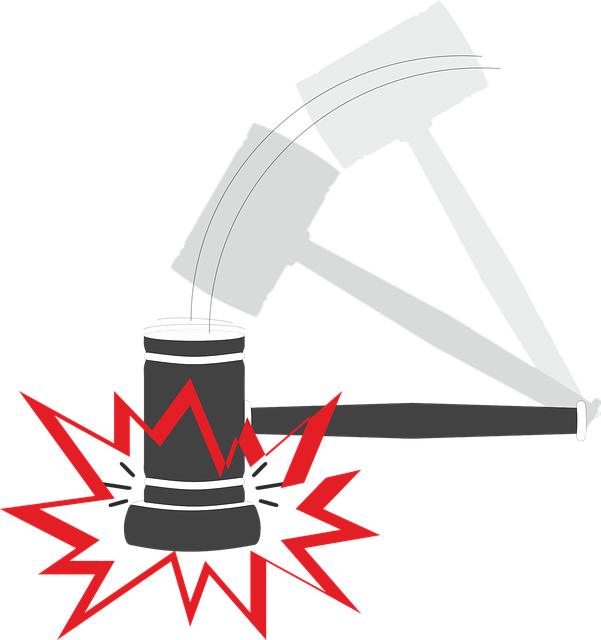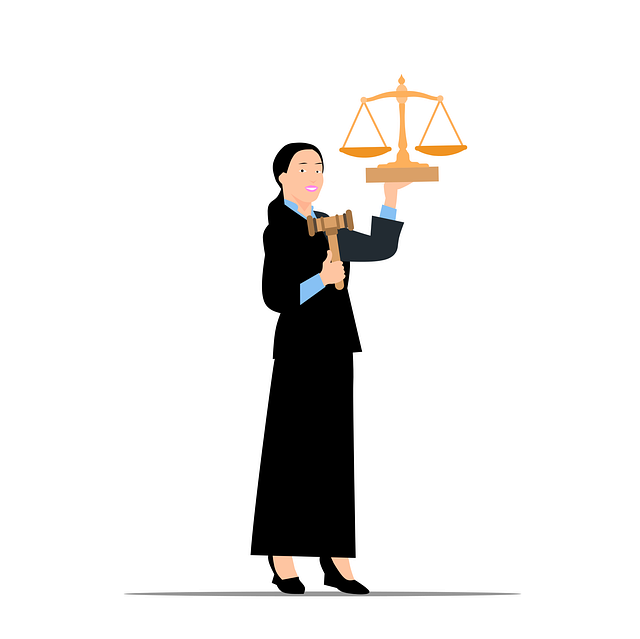C-Level Investigations tackle high-level executive misconduct, including white-collar crimes and workplace rights violations like discrimination, harassment, and unfair labor practices. These probes aim to expose systemic issues within organizations rather than solely punishing individuals. By identifying and addressing examples of workplace rights violations, companies can protect their reputation, avoid legal consequences, and foster an ethical environment where all employees feel protected and valued. Proactive measures such as training, internal controls, and transparency are crucial to preventing these violations and demonstrating a commitment to fairness and justice.
In the dynamic landscape of corporate governance, C-Level Investigations play a pivotal role in upholding ethical standards. This article delves into the intricacies of these high-stakes inquiries, offering a comprehensive guide for businesses. From understanding the scope and importance to exploring common Workplace Rights Violations—such as discrimination, harassment, and fraud—we dissect the process step by step. Furthermore, we provide preventative strategies and post-investigation actions, equipping organizations with tools to foster a culture of integrity and accountability.
- Understanding C-Level Investigations: An Overview
- Common Workplace Rights Violations: A Look into Examples
- The Process of Launching a C-Level Investigation
- Preventative Measures and Post-Investigation Strategies
Understanding C-Level Investigations: An Overview

C-Level Investigations refer to high-level probes into allegations of misconduct or wrongdoing involving senior executives, often at the C-suite level (CEO, CFO, COO, etc.). These investigations are crucial in addressing potential white collar and economic crimes within organizations. They aim to uncover truths related to fraud, embezzlement, insider trading, and other forms of unethical practices that could significantly impact a company’s financial health and reputation.
Examples of Workplace Rights Violations include discrimination, harassment, and violations of employment contracts. When these issues are suspected at the C-level, investigations become complex and high-stakes cases. For his clients, the focus shifts from individual accountability to organizational responsibility, requiring thorough analysis of corporate policies, decision-making processes, and potential systemic failures that enabled such violations.
Common Workplace Rights Violations: A Look into Examples

Workplace rights violations can take many forms, and it’s crucial for both employees and employers to be aware of their respective legal protections. Common examples include discrimination based on race, gender, age, or disability, harassment in any form, retaliation against whistleblowers, and unfair labor practices such as unequal pay or excessive overtime. These violations not only cause significant distress to individuals but also impact the overall productivity and reputation of a respective business.
Understanding these issues is essential in navigating all stages of the investigative and enforcement process. If found guilty, employers may face severe consequences, including complete dismissal of all charges. This underlines the importance of upholding ethical standards and ensuring that every employee feels valued, respected, and protected within their workplace environment.
The Process of Launching a C-Level Investigation

When a company faces allegations of significant wrongdoing at the executive level—often referred to as C-Level investigations—the process involves several critical steps. It begins with the identification of potential violations, which can range from fraud and embezzlement to harassment or discrimination, even violation of workplace rights. For instance, examples of workplace rights violations could include unfair labor practices, non-compliance with health and safety regulations, or unauthorized sharing of sensitive data.
Once these issues are pinpointed, a thorough internal investigation is launched. This entails gathering evidence, interviewing relevant personnel, and examining financial records. The goal is to uncover the full extent of any wrongdoing and determine liability. High-stakes cases often require a delicate balance between gathering robust evidence for potential legal proceedings and protecting the privacy and reputation of those involved. A competent legal team specializing in general criminal defense can guide the process, ensuring that rights are protected and due process is followed throughout the investigation.
Preventative Measures and Post-Investigation Strategies

Preventative measures are crucial for any organization aiming to uphold ethical standards and protect itself from potential legal repercussions. Regular training sessions on compliance and ethics can educate employees about their rights and responsibilities, helping to prevent instances of fraud, harassment, or discrimination – common examples of workplace rights violations. Additionally, implementing robust internal controls and a culture of transparency fosters accountability at all levels.
Post-investigation strategies play an equally vital role in ensuring the organization learns from any misconduct. For instance, following a white-collar defense strategy, organizations should focus on addressing the root causes, implementing stricter policies, and providing support to affected employees. This might include referring individuals to counseling services for stress or trauma related to the incident, as well as offering legal assistance for those facing personal lawsuits. Such holistic approaches help in rebuilding trust among corporate and individual clients, demonstrating a commitment to fairness and justice beyond mere jury trials.
C-Level investigations are crucial for fostering a culture of accountability and ensuring workplace integrity. By understanding the process, identifying common rights violations like those outlined in examples of workplace rights violations, and implementing preventative measures, organizations can effectively navigate these probes. Post-investigation strategies that focus on resolution and improvement reinforce a commitment to ethical practices, creating a safer, more compliant work environment for all.






